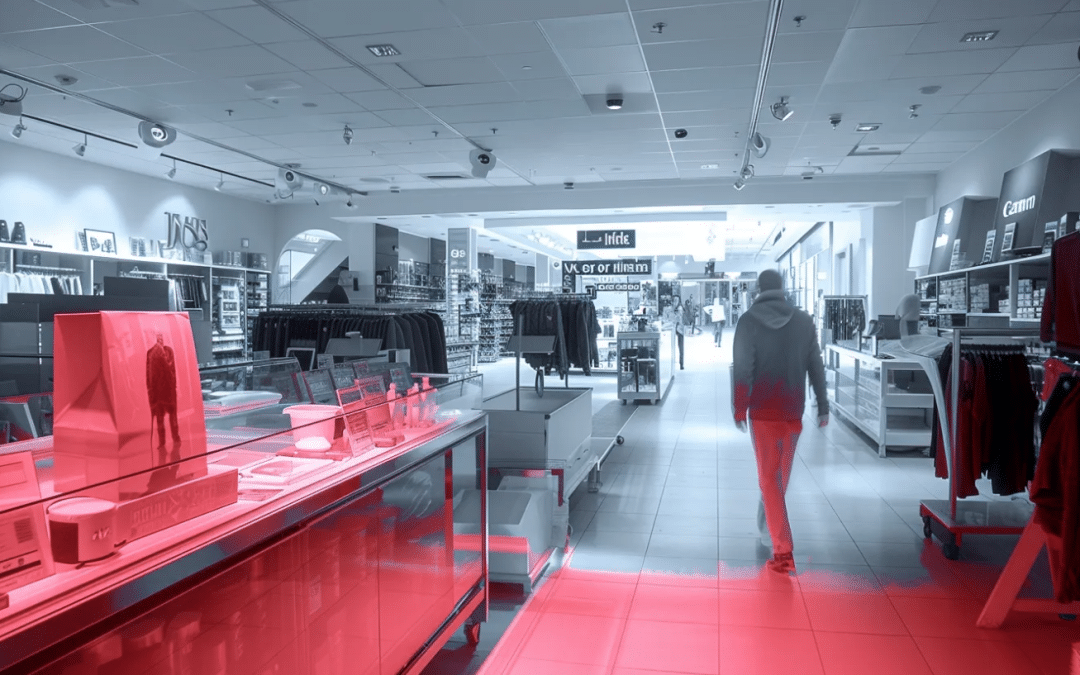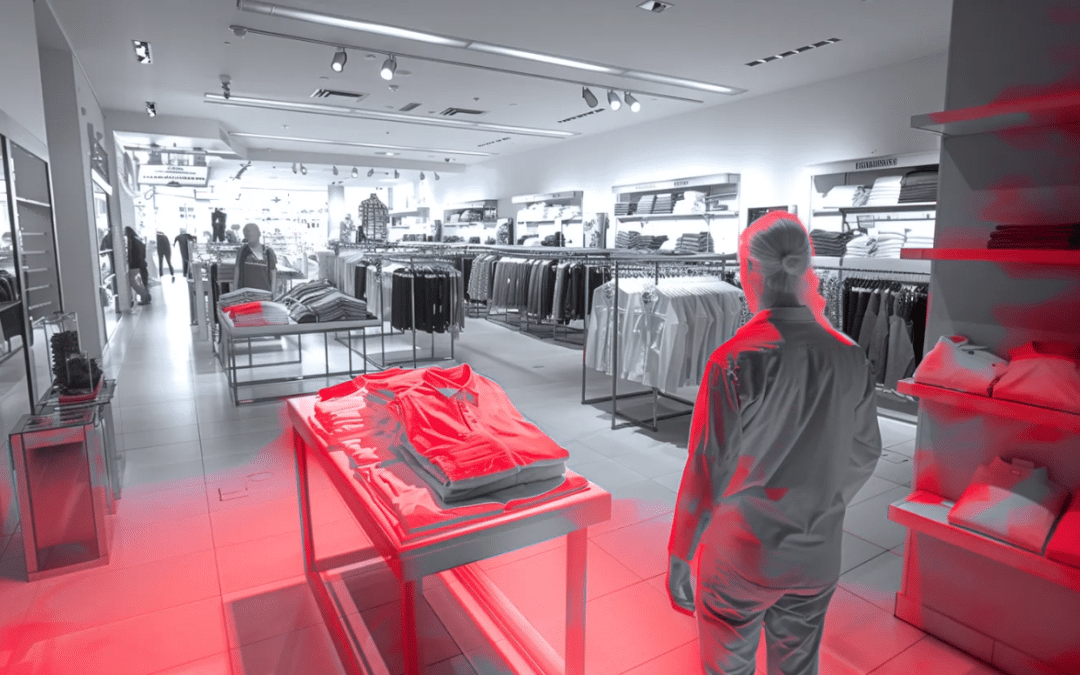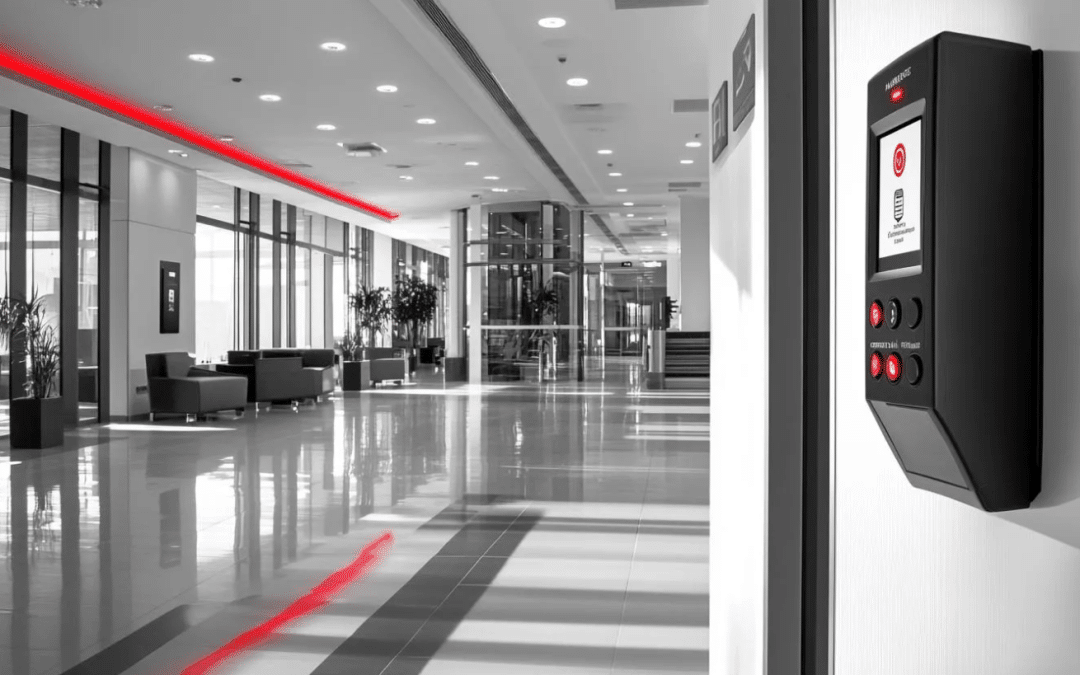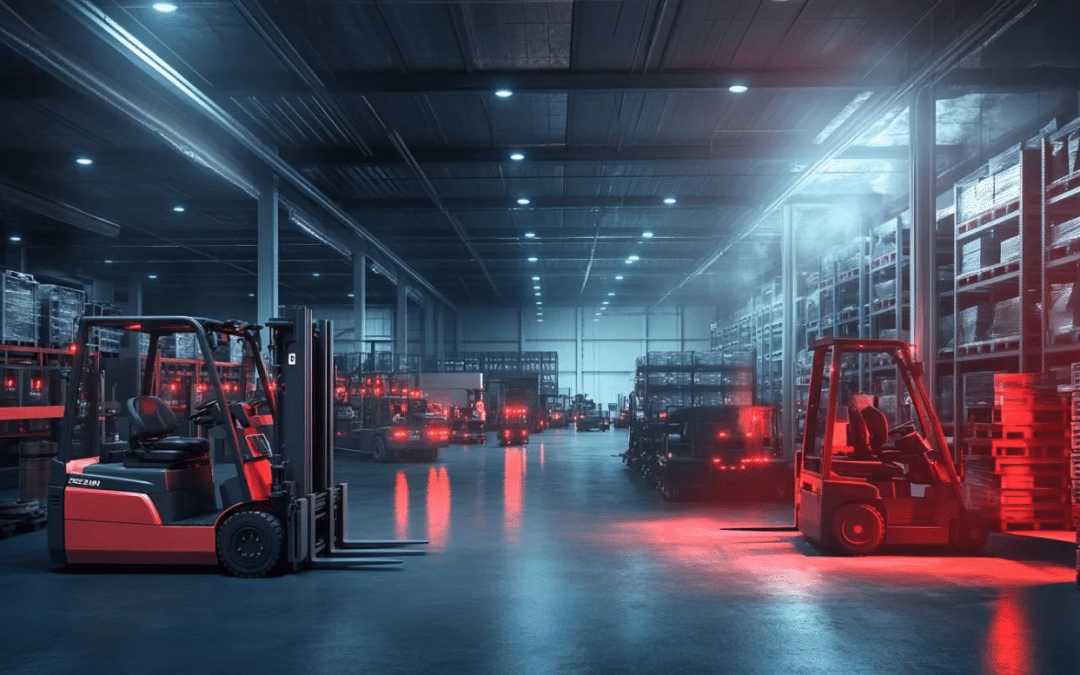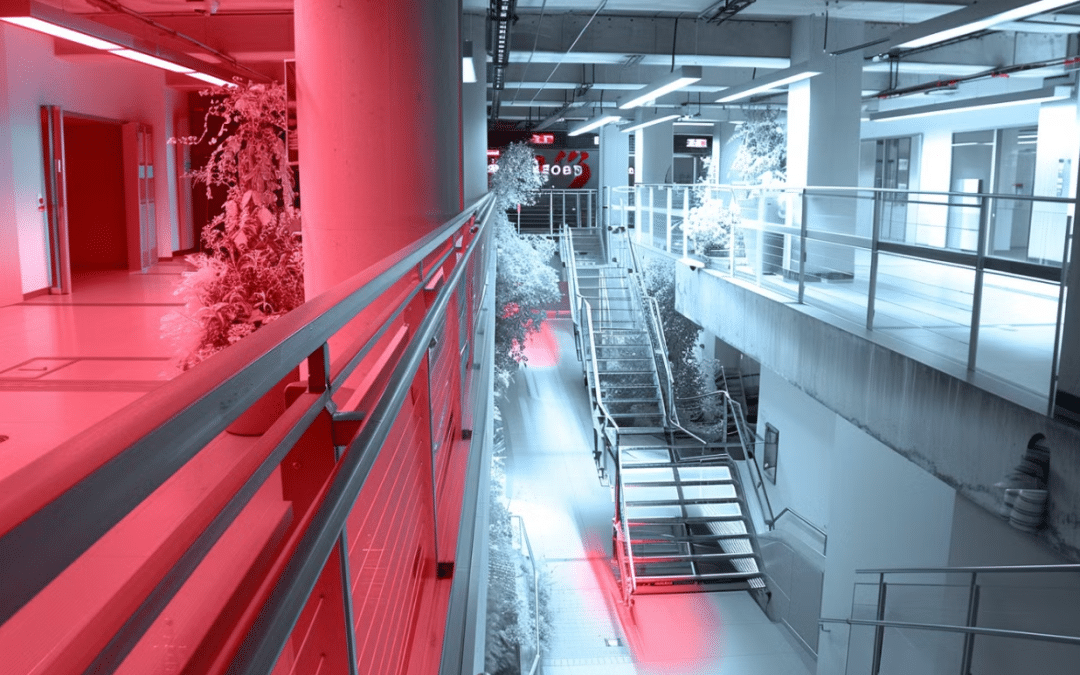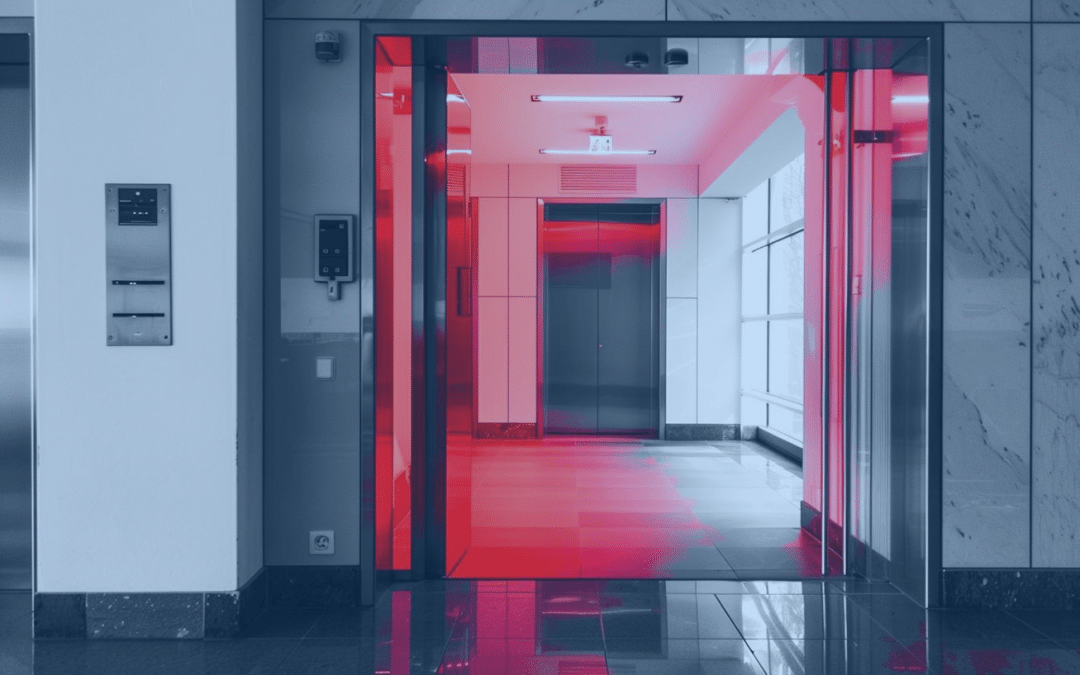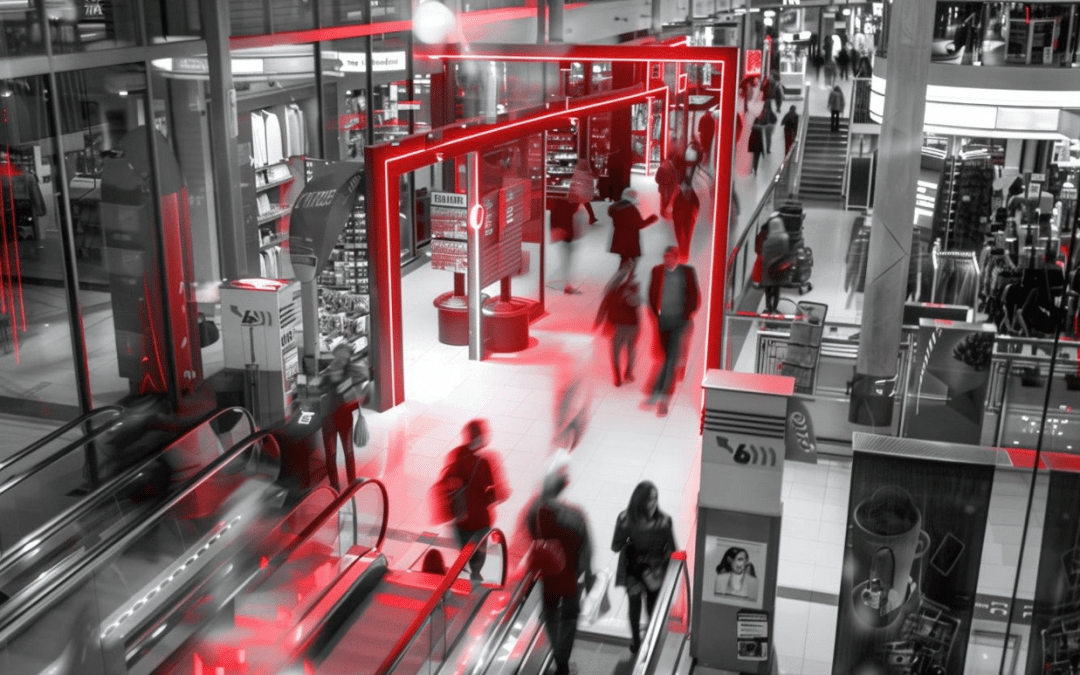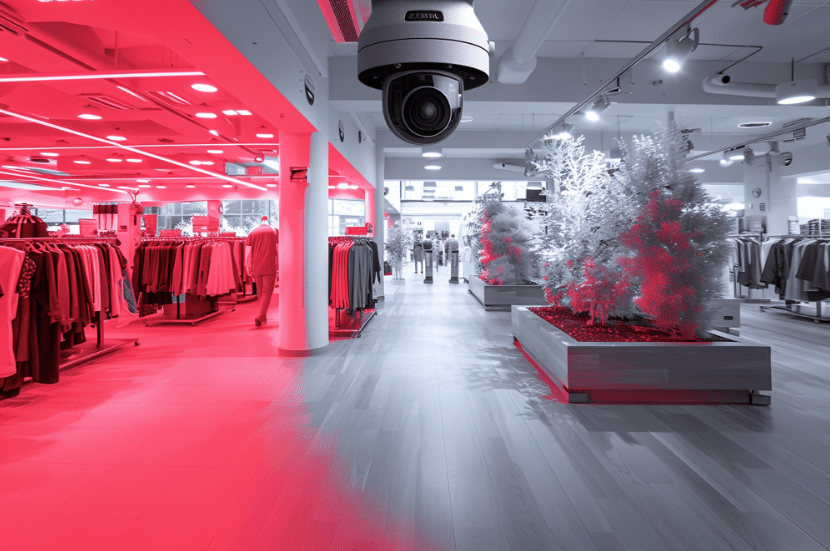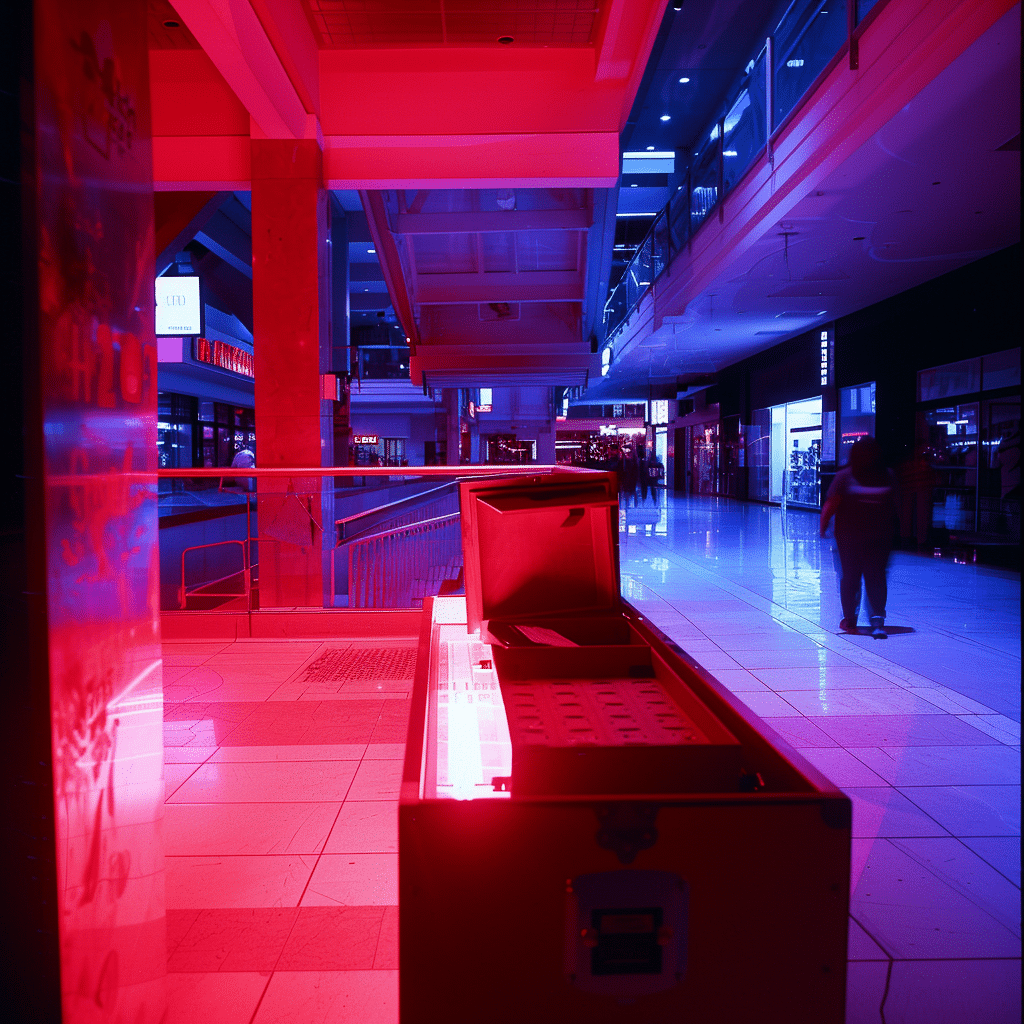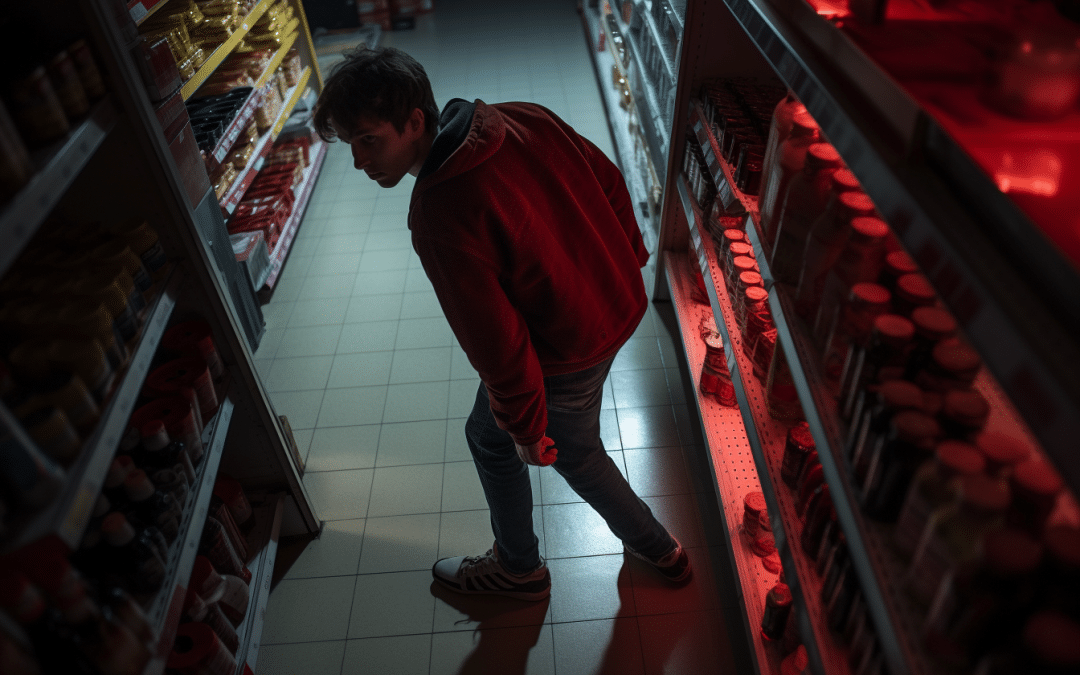In the field of safety, the terms video surveillance and video protection are often used, but they don't mean exactly the same thing, despite their apparent similarities. Video surveillance is traditionally associated with the active monitoring of areas to prevent or detect undesirable behavior, while the video protection focuses more on the protection and security of individuals in public or private spaces. Each of these systems offers specific benefits, from deterring criminal activity to improving day-to-day security management.
In this article, we'll explore in detail the distinctions between these two concepts. You'll discover how each works, what their main objectives are, their respective benefits, and the regulations that govern their use. Whether you're a professional looking to secure your business, or simply curious about these technologies, this guide will provide you with the essential information you need to better understand video surveillance and video protection.
Definition of video surveillance
Visit video surveillance is a security system that uses video cameras to guard a defined area, enabling undesirable or illegal behavior to be observed, recorded and deterred. Typically used in public spaces, businesses and homes, it plays a crucial role in preventing crime and protecting property and people.
Definition of video protection
Visit video protectionoften used interchangeably with video surveillance, focuses on the protection and security of individuals. The term is generally used in the context of public regulations, where the main aim is to protect citizens and enhance public safety, rather than to monitor for the sake of security. prevent theft and crime.
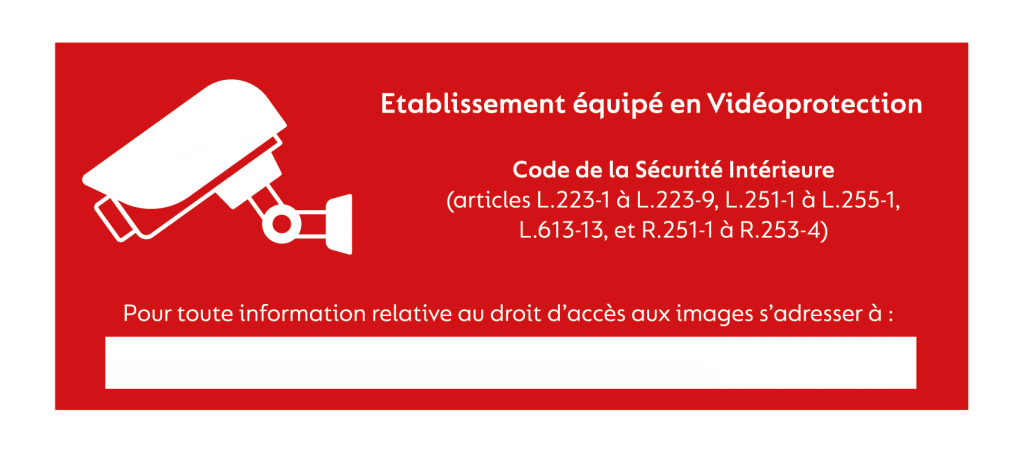
The difference between video surveillance and video protection
Video surveillance and video protection are two often confused but distinct concepts. CCTV refers to the camera system installed to monitor and record images for security purposes, often used to detect and prevent crime or monitor specific activities in areas not open to the public. Videoprotection, on the other hand, is a broader approach that encompasses not only surveillance, but also proactive protection of people and property. It includes preventive and deterrent measures, with the emphasis on overall security and tranquility in places open to the public.
1. Video surveillance
How does video surveillance work?
This device works by capturing images using cameras installed in strategic locations around a site. These images are then transmitted to a control center, where they can be viewed in real time or recorded for later consultation. Modern systems use IP technologies to enable remote access via the Internet.
What are the main objectives of video surveillance?
The main objectives of this product include deterring criminal behavior, documenting events to provide evidence in the event of crime, and increasing the sense of security in monitored areas. It also helps to effectively manage business operations and monitor processes.
What is the main component of a video surveillance system?
The most important element of any video surveillance system is the camera. Cameras can range from simple analog models to advanced devices with IP, high-resolution, night vision and motion detection capabilities.
What are the advantages of video surveillance?
The benefits of this surveillance are manifold, and include a noticeable reduction in crime, increased public safety, and the ability to react quickly to incidents. With our LPView solution, you can carry out a complete audit of your current video installation according to six key themes: Technical, Shrinkage, Service Provider, Productivity, QHSE and Marketing. Artificial Intelligence and in-depth analysis by our video experts enable us to summarize any shortcomings in the operation of your business, such as non-compliance with opening hours, internal theft or camera blind spots. This effective method helps you to identify and solve problems you haven't yet detected.

What's more, with our LPPredict innovation, you can be instantly alerted to theft attempts in your store, thanks to sophisticated algorithms that detect suspicious gestures and automatically send a video sequence to your staff for immediate removal of doubt. LPPredict also optimizes your store management by analyzing footfall, mapping strategic areas and anticipating the replenishment of empty shelves. This visual presence deters criminal activity and reinforces existing security measures, while filming your site's surroundings to protect your products and therefore your margins.
Use and limits of video surveillance in the workplace
In companies, video surveillance is used to monitor employee behavior, prevent internal and external theft, and guarantee workplace safety. However, it must be installed and implemented in compliance with employee privacy rightswith clear policies and compliance with local regulations.
What is the law governing the use of video surveillance?
In France, the use of video surveillance is regulated by the CNIL (Commission Nationale de l'Informatique et des Libertés), which imposes strict guidelines for guarantee that the use of cameras respects individual privacy.
Who has the right to view CCTV images?
Only authorized personnel, such as security managers, have the right to view video surveillance recordings. Access is strictly controlled to prevent abuse and guarantee confidentiality.
Video surveillance technologies
Analog video surveillance
This technology uses surveillance cameras and a video recorder to store the images on tape. Although efficient, it is gradually being replaced by more advanced technologies.
Wired video surveillance
Wired surveillance connects cameras to the recording and monitoring system via cables. This guarantees a stable, secure connection.
Internet video surveillance (IP or wifi)
IP cameras use the Internet or WiFi network to transmit images. IP cameras offer superior image quality, remote viewing and more flexible installation for your teams.
Advanced video surveillance systems
These devices incorporate cutting-edge features such as facial recognition, intelligent video analysis and recognition of suspicious behavior. They integrate seamlessly with other security systems to provide complete protection. At Lease Protect France, we are constantly developing our solutions to stay at the cutting edge of technology and guarantee optimum security. Our surveillance cameras are designed to adapt to the changing needs and growing demands of modern security.
2. Video protection
How does video protection work?
Video protection uses cameras and other technologies to monitor public or private spaces to protect people and prevent crime. The images captured can be used by law enforcement agencies to identify offenders and reinforce public safety.
What are the main objectives of video protection?
The objectives of video protection are mainly focused on defense and crime prevention. It aims to reinforce order in high-risk areas, help manage crowds and improve response to emergency incidents.
What are the advantages of video protection?
The benefits of video protection include improved surveillance and response capability for emergency services, effective deterrence of crime, and a general increase in order in the areas monitored.
What are the limits of video protection?
The limitations of video protection mainly concern privacy issues, implementation and maintenance costs, and the need for strict management and regulation to prevent abuse.
What obligations apply to video protection?
Article L223-1 of France's Code de la Sécurité Intérieure (CSI) defines the terms and conditions for installing video protection systems, ensuring their compliance with data protection and privacy laws.
Video protection technologies
Analog video protection
Like analog video surveillance, this technology uses traditional camera systems to capture video via hard disk recorders, often used in contexts where high technology is not required. There's no need to be connected to the Internet to get data.
IP video protection
IP video protection uses IP cameras connected to the Internet via wifi or ethernet cable, for better image quality and advanced features such as license plate recognition and day/night motion detection. This makes it possible to secure access to your premises, both indoors and outdoors.
Video protection hdcvi
HDCVI technology enables high-definition video transmission over coaxial cable, offering an alternative to IP video protection for installations requiring long transmission distances without quality degradation.
Advanced video protection systems
These devices incorporate state-of-the-art features such as intelligent video analysis, infrared technology, real-time motion detection and integrated security system management for optimum protection and effective risk management.
Videoprotection or video surveillance: simple installation and easy maintenance
The integration of control devices has been simplified thanks to technological advances that reduce the complexity of installation and maintenance. The use of wireless and IP technologies enables cameras to be connected directly to the network via WiFi, facilitating rapid installation and accessible plug-and-play even for non-professionals. What's more, these modern solutions require less maintenance, thanks to high-quality components and software that enable remote management and send automatic alerts for any malfunctions, ensuring minimal maintenance and ongoing security.
Ease of installation and maintenance offers several key advantages:
- Cost reduction : Less time and resources are needed for installation and maintenance, reducing overall costs for businesses.
- Flexibility : Ease of installation enables retailers to adapt quickly to changes in their environment or workplace without major disruption.
- Durability: With less need for regular maintenance, the lifespan of surveillance cameras is extended, guaranteeing a profitable investment over the long term.
- Accessibility : Cameras that are easy to install and maintain are more accessible to small businesses or individuals who don't necessarily have the technical expertise to manage complex systems.
How many cameras do you need?
The number of cameras required depends on several factors, such as the size of the site to be guarded, entry and exit points, high-risk areas, and the specifics of the installation. A professional assessment can help determine the appropriate number of cameras to guarantee complete coverage and meet your needs without overlapping or blind spots. The expertise of the professionals at Lease Protect France is essential in defining the right dimensions for your installation, taking into account every detail for maximum efficiency and optimum safety.
Videoprotection and video surveillance: Protecting small businesses
For small shopsVideo surveillance and video protection can play a decisive role in preventing theft and securing premises. These systems not only deter criminal activity, but also provide continuous surveillance, enhancing the well-being of employees and customers alike.
Systems with a high return on investment for your company thanks to solutions from Lease Protect France
Investing in video surveillance or video protection systems offers a significant return on investment by reducing the costs associated with stock loss, theft and damage. Lease Protect France offers customized solutions specifically tailored to your company's needs, ensuring protection and peace of mind while optimizing resources.
These systems are not just security tools; they are investments in your company's future and growth. By choosing the right solutions from Lease Protect France, you benefit from the expertise of a major French player in the video surveillance and video protection market, reinforcing your company's security and protecting it against internal and external threats. Adopt Lease Protect for an integrated, innovative approach to safety.
